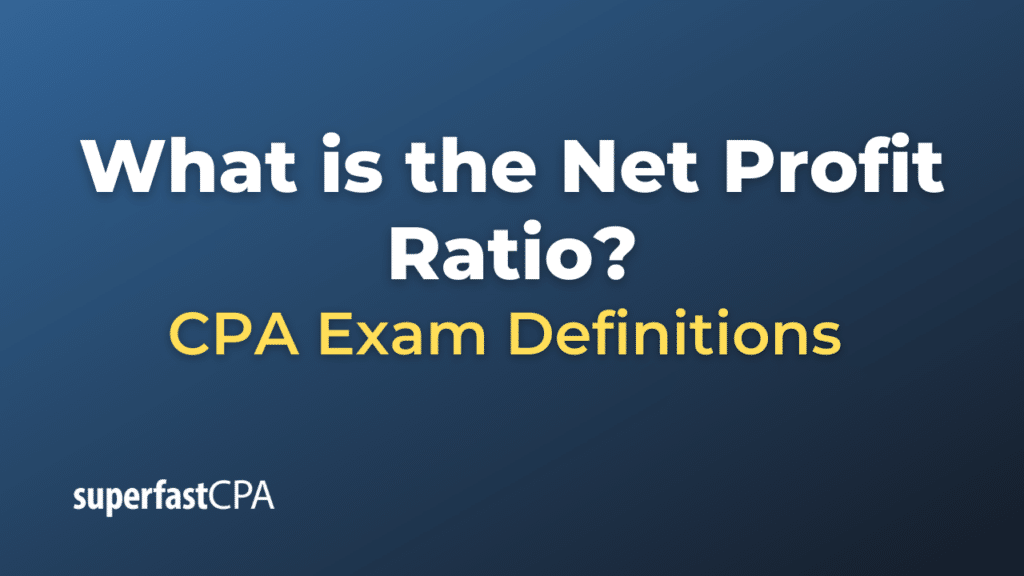Net Profit Ratio
The Net Profit Ratio, also known as Net Profit Margin, is a financial ratio that measures the profitability of a company. It represents the percentage of revenue left after all expenses, taxes, and costs related to the business operations are deducted.
The Net Profit Ratio can be calculated using the following formula:
Net Profit Ratio = (Net Profit / Total Revenue) * 100%
Where:
- Net Profit is the total income of a company after subtracting all costs, including operational expenses, interest, taxes, and cost of goods sold.
- Total Revenue is the total income generated from the company’s main business activities without subtracting any costs or expenses.
The Net Profit Ratio provides insight into how much profit a company makes for every dollar of revenue it generates after all expenses and taxes have been paid. A higher ratio is generally preferable, indicating that the company is more efficient at converting revenue into actual profit. However, it’s essential to compare this ratio with companies within the same industry, as average profit margins can vary significantly from one industry to another.
Example of the Net Profit Ratio
Let’s use an example of a company called DEF Tech.
Let’s say DEF Tech reported the following for the fiscal year:
- Total Revenue: $2,000,000
- Net Profit: $300,000
We can calculate the Net Profit Ratio as follows:
Net Profit Ratio = (Net Profit / Total Revenue) * 100%
So, for DEF Tech:
Net Profit Ratio = ($300,000 / $2,000,000) * 100% = 15%
This means that DEF Tech has a net profit ratio of 15%. In other words, for each dollar of revenue it earns, it makes a net profit of $0.15 after accounting for all costs and expenses.
As mentioned earlier, this ratio is a key indicator of the company’s profitability and efficiency at converting revenue into net profit. It’s especially useful when compared with similar companies in the same industry to evaluate relative performance.













